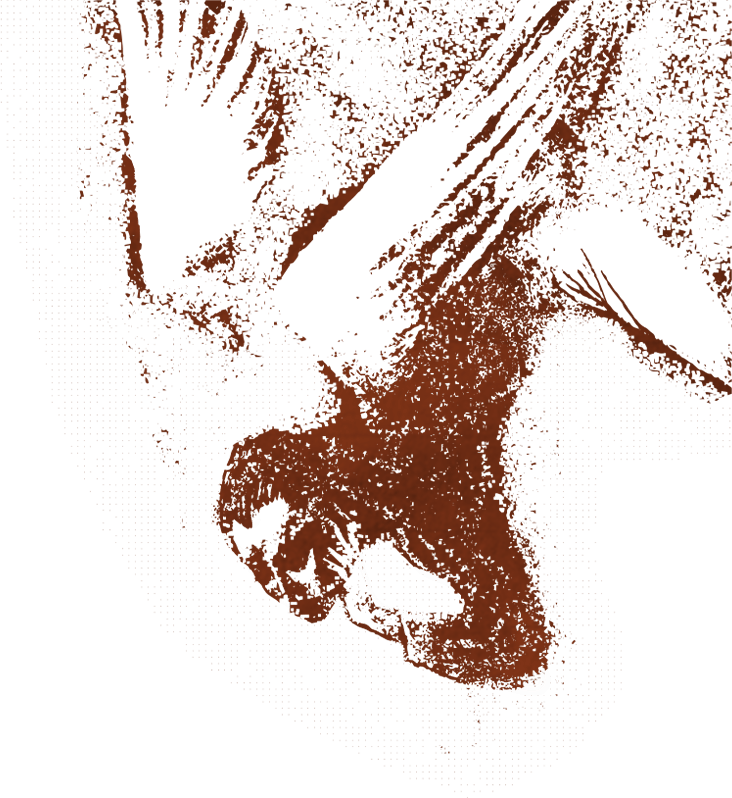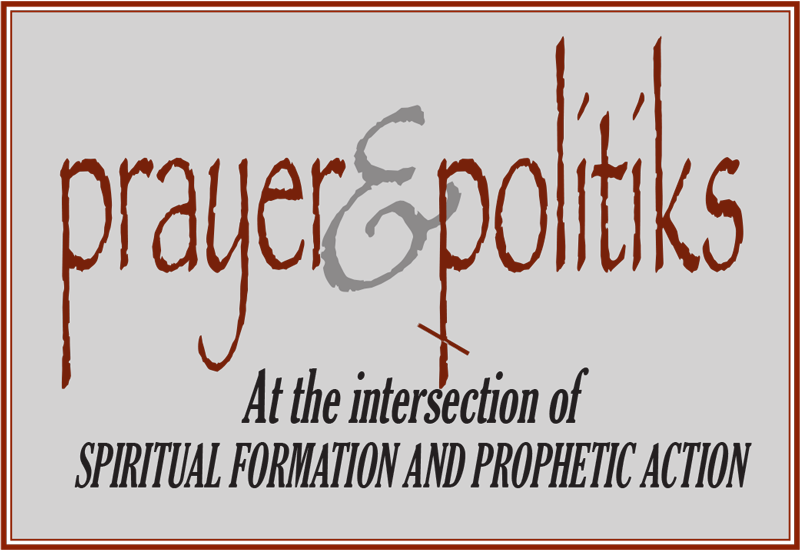Reviewed by Vern Ratzlaff
We live in apocalyptic times, with a sense that an age is ending and a new one breaking forth. Jacobsen provides methodology for preaching apocalyptic texts, starting with a definition. ‘Apocalypticism is a genre of revelatory literature with a narrative framework in which a revelation is mediated by an otherworldly being to a human recipient, disclosing a transcendent reality which envisages eschatological salvation, invoking another supernatural world intended to interpret present earthly circumstances’ (p 6). Jacobsen points out the ways in which a throne room imagery is common to both Hebrew bible imagery and the Christian literature, the new testament; all the throne room scenes begin with the throne, move to the heavenly court and end with the commission (eg Revelation 5) (p 80ff).
The symbolic language offers a vision, a symbolic inversion, capable of evoking not just a different image but a different social world and a different way of engaging the old one’ (p 89). ‘Symbols are not interested in mediating information but in altering perception, as we live out in our lives the claims of colliding worlds…. John the Seer uses these symbols in order to encourage a praise of resistance among his hearers’ (p 89).
Thus the throne room scene invites us to think of ways of maintaining or perpetuating the alternative reality that is John’s vision: the tension between our own cultural messianic longings and the mystery of the Christ crucified, ‘to find places of tension where worlds collide and discern ways in which we can confirm the life the gospel offers us in the world, establishing the claims of competing symbolic worlds. (p 90).

